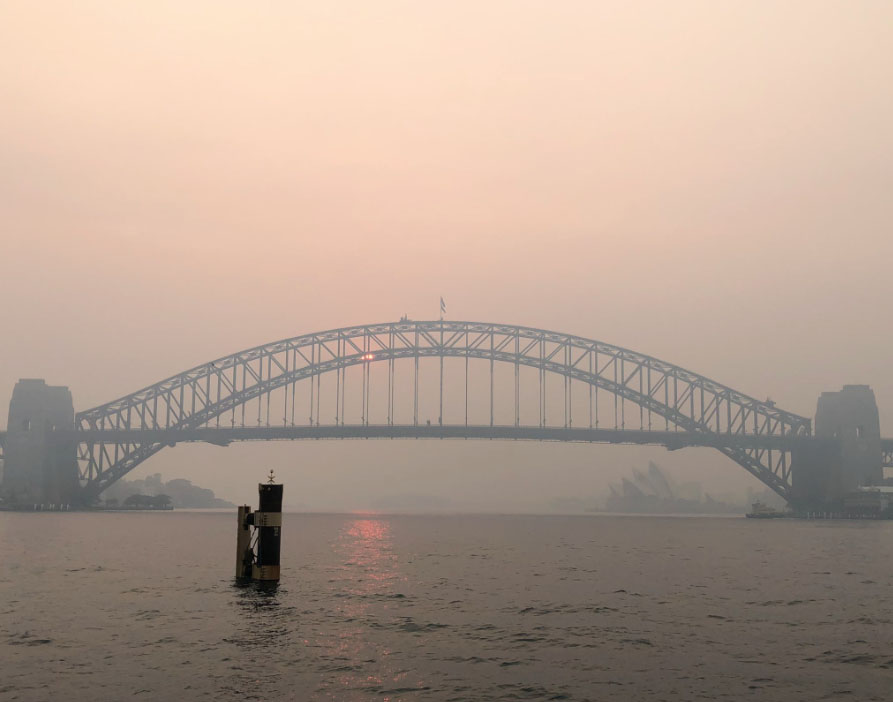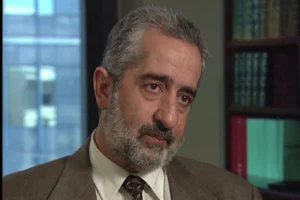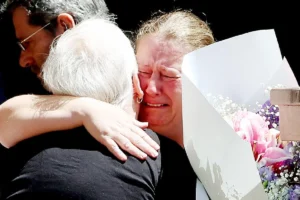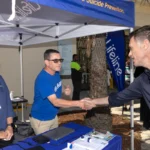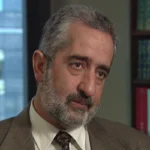A thick blanket of smoke has blanketed on Sydney triggering smoke alarms and forcing the cancellation of outdoor events.
Smoke alarms are going off in Sydney office buildings and train stations as the air quality reaches record hazardous levels.
The city and surrounding suburbs are shrouded in the thick smoke haze from dozens of bushfires burning across NSW.
That’s pushed air quality ratings beyond 2200 in Sydney’s east and north-west – 11 times the hazardous level.
The smoke has made its way inside office buildings, triggering smoke alarms and forcing workers to evacuate, including those at the NSW Rural Fire Service headquarters at Olympic Park and the Sydney Morning Herald in Pyrmont.
Commuters at Wynyard Station reported the smoke alarms were going off, but trains were continuing to run.
Transport for NSW advised commuters the operation of gates in and out of the station may be affected when an alarm is activated. Sporting events and Sydney Harbour ferries have also been cancelled.
The SOLAS Big Boat Challenge was called off with organisers citing safety concerns due to the poor visibility on Sydney Harbour.
The event, which is a curtain-raiser for the Sydney-Hobart yacht race, was due to start Tuesday morning.
“The smoke from all the fires is just so severe here on the harbour, that you just can’t see anything, so it’s just too dangerous,” Sydney to Hobart Race media director Di Pearson told AFP.
“The vision is just so poor.”
While smoke haze has become a familiar sight in Sydney since the unprecedented fires started in November, many Sydney-siders said it was the worst they’d seen.
“I’ve never seen Sydney like this before,” Lisa Herbertson tweeted. Others wondered if these conditions are the “new normal”.
“Coughing in bed, choke on the smoky air. A Manly ferry emerges from the gloom. And a man wears a gas mask on the ferry. And this is a horrible new normal,” Andrew Thomas tweeted.
Macquarie Park, in Sydney’s north-west, recorded the state’s worst air quality rating of 2,214 by 10am.
Anything above 200 PM2.5, a measure of harmful particulate matter in the air, is considered hazardous.


